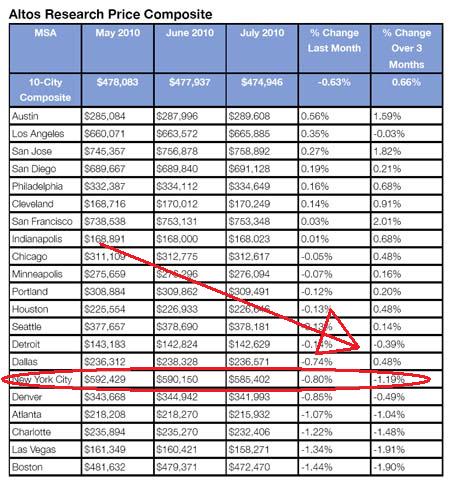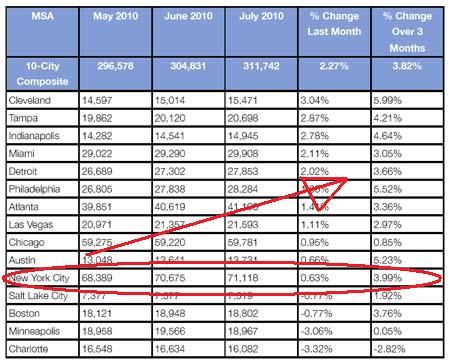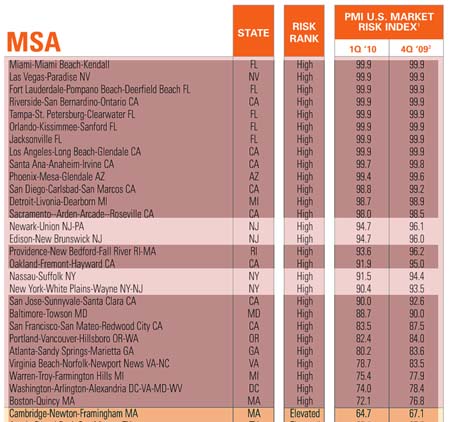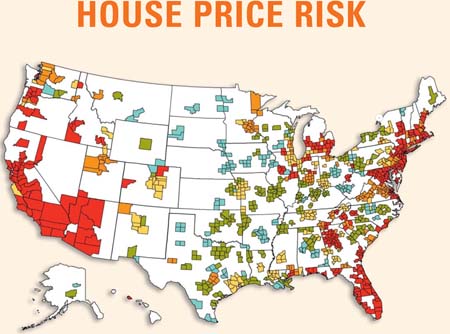
MLS# 2781150
78 May Dr, Chatham
Original List: $2,795,000
Asking: $2,290,000
DOM: 300ish
Purchased in 2007 for $2,955,000

MLS# 2790238
765 Ewing Ave, Franklin Lakes
Original List: $4,250,000
Asking: $2,199,000
DOM: Forever
(No Pic)
MLS# 2776442
9 Peach Tree Place, Upper Saddle River
Original List: $1,999,900
Asking: $1,999,900
DOM: 211

MLS# 2793951
660 Larger Cross Rd, Bedminster
Original List: $2,950,000
Asking $1,950,000
DOM: 550
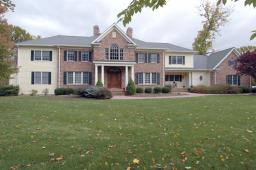
MLS# 2678048
835 West Shore Drive, Kinnelon
Original List: $2,999,000
Asking $1,600,000
DOM: 478
Sold in 2001 for $2,000,000

MLS# 2731755
854 Seneca Rd, Franklin Lakes
Original List: $1,598,000
Asking $1,399,000
DOM: 257

MLS# 2776599
6 Independence Ct, Madison
Original List: $1,495,000
Asking $1,362,000
DOM: 83

MLS# 2763873
11 Yale Ct, Livingston
Original List: $1,895,000
Asking $1,500,000
DOM: 300
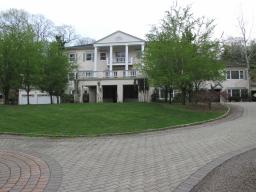
MLS# 2762739
2 Penny Ln, Boonton
Original List: $1,299,999
Asking $1,299,999
DOM: 129

MLS# 2794692
129 W Greenbrook Rd, North Caldwell
Original List: $1,190,000
Asking $1,190,000
DOM: 10
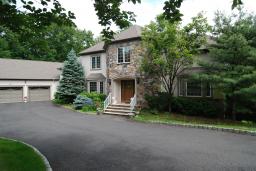
MLS# 2775946
28 Whispering Way, Warren
Original List: $2,195,000
Asking $1,189,000
DOM: 600ish
Purchased in 2007 for $2,000,000

MLS# 2783514
27 Old Boonton Rd, Denville
Original List: $1,145,000
Asking $1,145,000
DOM: 70
Sold for $1,425,000 in 2005

MLS# 2794196
366 Old Short Hills Rd, Millburn
Original List: $1,110,000
Asking $1,110,000
DOM: 12
(no pic)
MLS# 2500306
285 Woodland St, Tenafly
Original List: $1,695,000
Asking $1,005,000
DOM: 871
Purchased in 2006 for $1,470,000
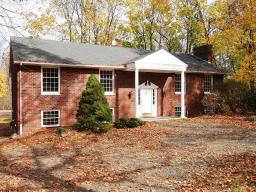
MLS# 272919
1015 Closter Dock Rd, Alpine
Original List: $1,495,000
Asking $999,000
DOM: 272

MLS# 2790343
930 Andover Terrace, Ridgewood
Original List: $1,375,000
Asking $895,000
DOM: 180

